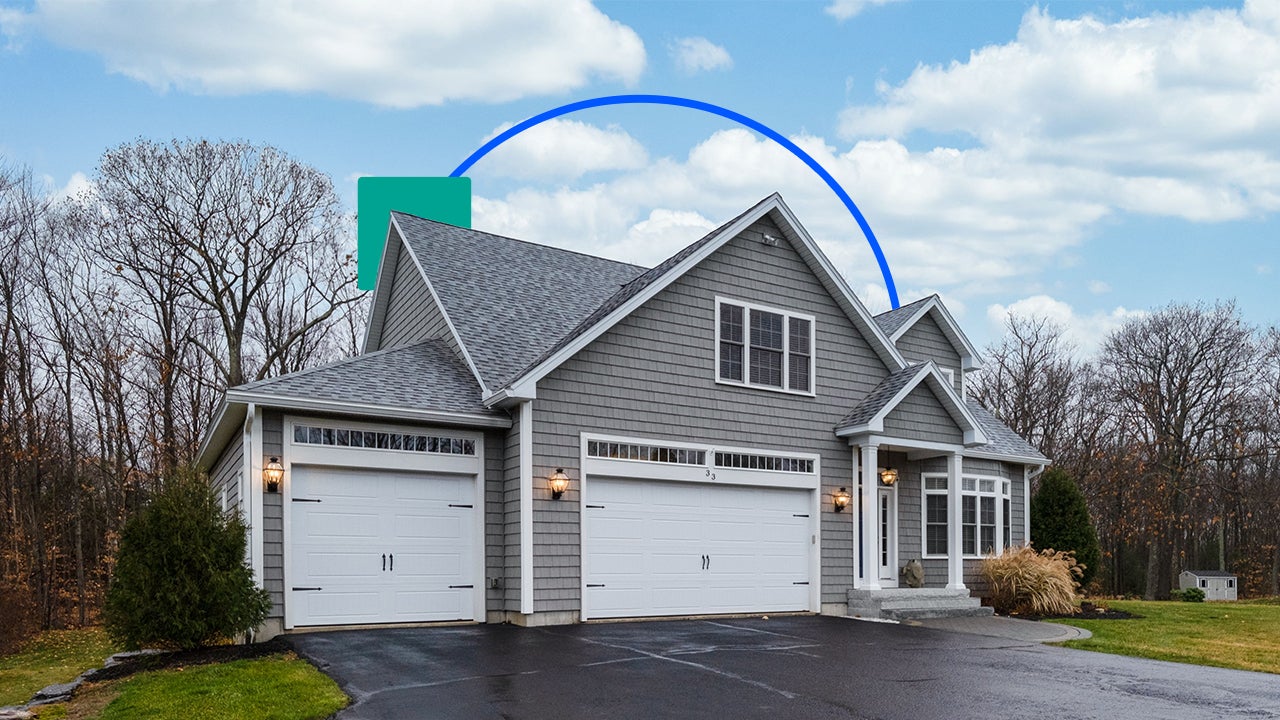Tax deductions for homeowners in 2025




Key takeaways
- The IRS offers various tax breaks for homeowners that can help lessen the financial burden associated with homeownership.
- Common tax breaks available to homeowners include a mortgage interest deduction and a property tax deduction.
- Homeowners must be able to prove they qualify for any tax credit or deduction.
Buying a home can be a good way to build wealth, but that doesn’t mean managing a mortgage is easy. Between monthly payments, maintenance and unexpected repairs, the costs of homeownership can really add up. Fortunately, there are tax deductions for homeowners that can help to ease the financial burden a bit.
Tax benefits of owning a home
Good news: The IRS offers several tax deductions for homeowners, from deductions for the interest on your mortgage to credits if you improve your home’s energy efficiency in certain ways. The key is that you need to qualify — and be able to prove it.
In some cases, this is easy. Your mortgage lender should provide a tax document (IRS form 1098) showing what you’ve paid in interest over the course of the year, for example. In other instances, showing that you’re entitled to a specific tax break can be more challenging, but the extra legwork could be worth it if it saves you money. Here are some of the tax deductions all homeowners should know about.
6 tax deductions for homeowners
1. Mortgage interest
Many U.S. homeowners can deduct what they paid in mortgage interest when they file their taxes each year. (The rule is that you can deduct a home mortgage’s interest on the first $750,000 of debt, or $375,000 if you’re married and filing separately.) This limit is higher, however, if you’re deducting mortgage interest from a loan that was established prior to December 16, 2017. For older loans in this category, you can deduct the interest on up to $1 million of debt or up to $500,000 if married and filing separately.
You’ll need to itemize your deductions on Schedule A (Form 1040). The key factor that determines whether you can deduct your mortgage interest is whether your itemized deductions exceed your standard deduction — it’s smart to consult with a tax professional to be sure.
There are some caps on mortgage interest deductions for mortgages taken out after 1987, especially if you’re in a high-earning household. Use this flowchart from the IRS to figure out how much of your mortgage interest you can deduct.
2. Mortgage points
If you bought points on your mortgage, that entitles you to similar tax deductions, because the IRS sees it as mortgage interest. In many cases, you’ll need to deduct them over the course of your loan term. But if you meet certain qualifications, you might be able to deduct the full amount of points in a single tax year on your Schedule A.
3. Interest on home equity loans or lines of credit
If you took out a home equity loan or home equity line of credit (HELOC) after 2018, you might be able to deduct the interest you paid. To qualify, the money must have been used to “buy, build or substantially improve” the home. For home equity loans taken out before 2018, the interest you pay may be deductible no matter how you use the proceeds.
4. Property taxes
Some of the least welcome expenses of homeownership come from the amount you owe state and local tax authorities. Fortunately, the IRS does offer tax deductions on income, sales and property taxes for most homeowners of up to $10,000 total (or $5,000 if married and filing separately).
For property taxes to be deductible, your total itemized deductions on Schedule A must exceed the standard deduction. Note that this does not include common closing costs like transfer taxes, nor does it cover homeowners association fees or utility service charges.
5. Residential energy credits
If you have installed alternative energy equipment to make your home more efficient, such as solar panels, you might be able to claim a residential energy credit for it. Credits can typically be claimed for things like:
- Solar electric, fuel cell and biomass property
- Solar water heaters
- Geothermal heat pumps
- Small wind turbines
The amount of credit you’ll get depends on when the property was purchased or improvement was installed.
6. Home office deduction
If you are self-employed and your home is your principal place of business, you may be able to claim some of the associated expenses as a home-office deduction. But this option is generally not available for typical W-2 employees.
The exact amount of the deduction that can be claimed on your tax return is based on the percentage of space in your home that’s used for dedicated business purposes — the IRS does not allow deducting expenses for any part of your home that is used for both personal and business purposes.
Home expenses that are not tax-deductible
Here are a few expenses that are not deductible for typical homeowners:
- Mortgage insurance premiums (these used to be deductible, but that expired in 2022)
- Other insurance premiums, such as home, fire or flood insurance
- Mortgage principal
- Down payment costs
- Utility costs
- Home repairs
- Homeowners association fees (for a primary residence — you may be able to deduct HOA fees if they’re for a home you own and rent out as an investment property, though)
FAQs
Why we ask for feedback Your feedback helps us improve our content and services. It takes less than a minute to complete.
Your responses are anonymous and will only be used for improving our website.




